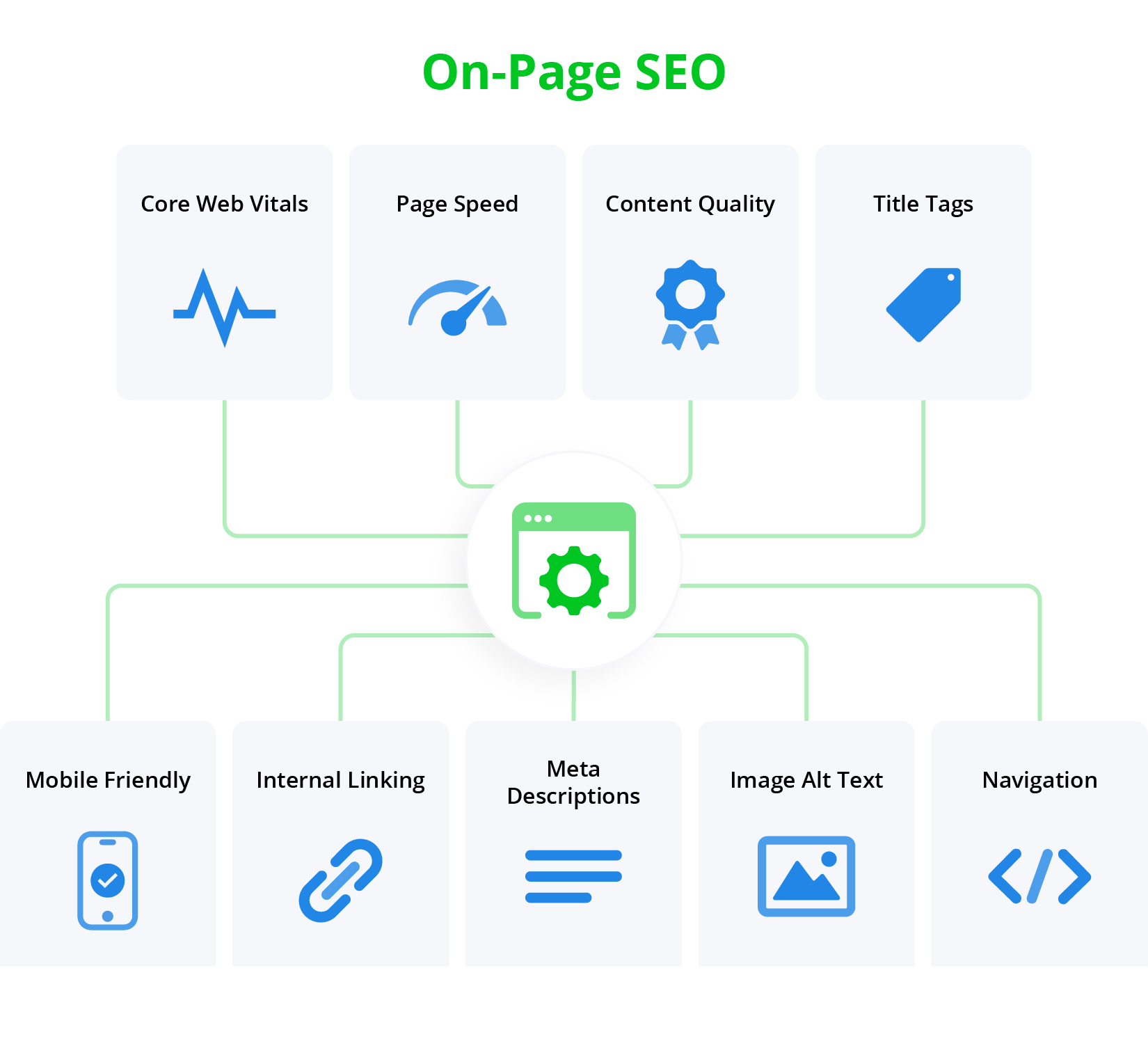Pay Attention To Your Urls
Your website's URLs should be simple, easy to read, and contain your target keyword if possible. Avoid using URLs with a lot of numbers, symbols, or special characters.
For example, instead of using "www.example.com/page1?id=123", use "www.example.com/target-keyword".
Optimize Your Images
Images can help break up your content and make it more engaging for your readers. However, they can also slow down your website's load time if they're not optimized properly. Here are some tips for optimizing your images
- Compress your images
- Use descriptive file names and alt tags
- Choose the right file type (JPEG, PNG, GIF) based on the type of image.
Improve Your Website's Load Time
Website speed is a crucial factor in on-page SEO. If your website takes too long to load, visitors are likely to bounce back to the search results page and choose another website. Here are some ways to improve your website's load time
- Use a content delivery network (CDN)
- Compress your images and files
- Minimize HTTP requests
- Reduce plugins and scripts.

